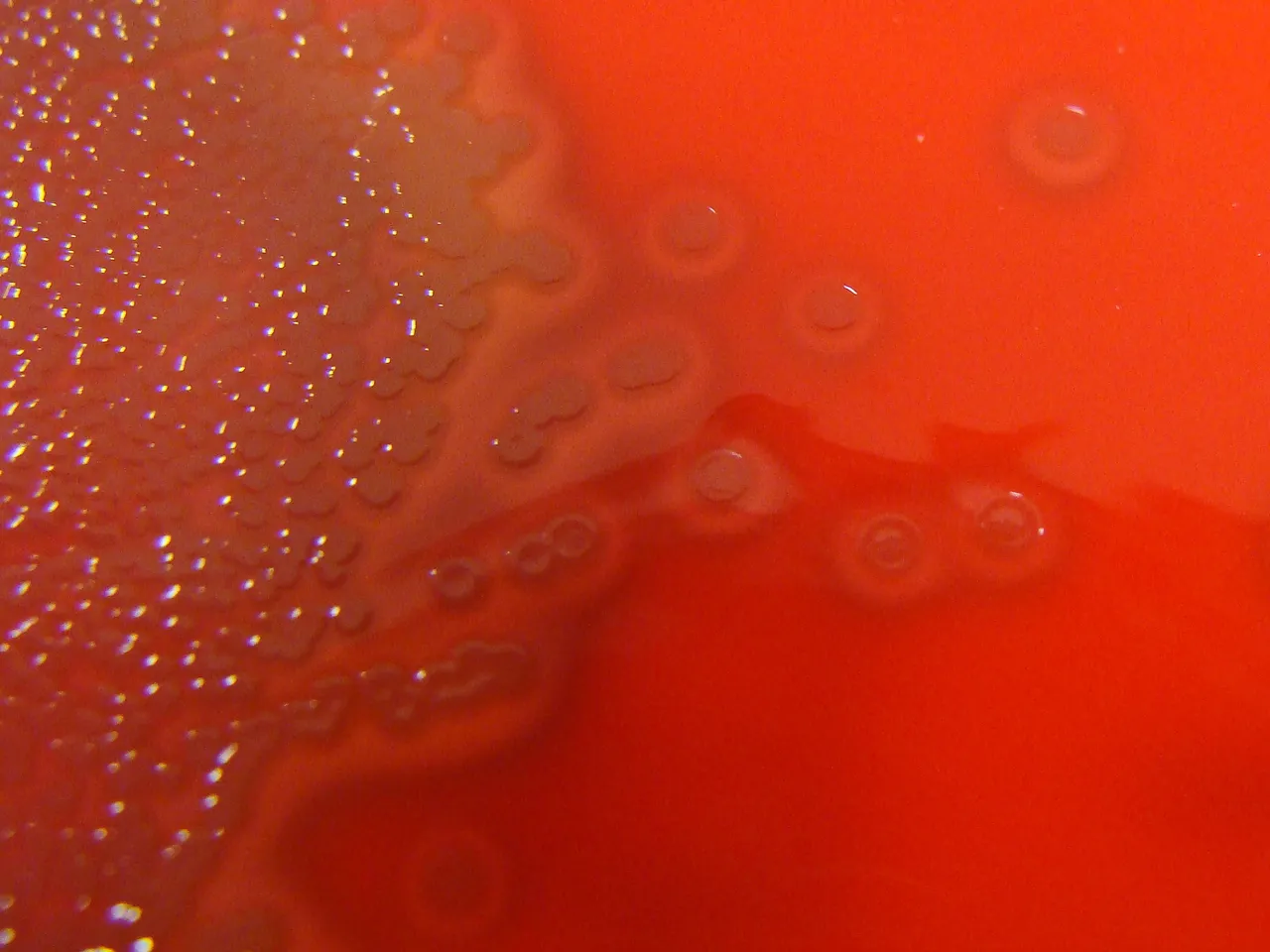Hello everyone, it is good to have you here today. We are going to continue our Microbiology series and today we will be discussing Streptococcus. In my last post, I talked about Staphylococcus Specie Pathogenesis, explaining its classification, characteristics, and diseases, In this post, I will be explaining the Classification of streptococcus, its characteristics, and its disease.
Similar to Staphylococcus, Streptococcus are gram-positive spherical bacteria, which lack endospores. They are catalase-negative, unlike staphylococcus which is catalase positive. This means that streptococcus cannot catalyze hydrogen peroxide to give water and oxygen. While staphylococcus is arranged in clusters, streptococcus is arranged in chains. Since we know that all streptococcus are catalase-negative, how do we identify the different species on a Petri dish? We would use the Hemolysis test. The bacteria are Alpha hemolytic, Beta hemolytic, or Gamma Hemolytic Alpha hemolysis is the partial lysis of the red blood cells, Beta hemolysis is the complete lysis of the red blood cell, and Gamma hemolysis doesn't lyse the red blood cell. Streptococcus pneumoniae and Streptococcus viridans are alpha-hemolytic bacteria, to identify each of them separately, we can use an antibiotic called Optochin, if the streptococcus is sensitive to Optochin, it is Streptococcus Pneumoniae, and if it is resistant to Optochin, then it is Streptococcus viridans Bacteria which are Betahemolytic are Streptococcus agalactiae, Streptococcus dysgalactiae, and Streptococcus anginosus. It can be shared into groups A and B. If they are sensitive to Bacitracin, then they are group A beta-hemolytic streptococcus such as Streptococcus pyogenes. If the Beta-hemolytic streptococcus bacteria is not resistant to Bacitracin, then it is a group B Beta-hemolytic streptococcus bacteria such as Streptococcus agalactiae. If the bacteria can grow on 6.5% in NaCl Sol then it is positive and example is enterococcus, and when they are negative it is streptococcus gallolyticus.
There are several ways of classifying streptococci. If we were to classify based on serogroup by Lancefield grouping, we would say that it can be classified into group A and Group B. Group Streptococcus bacteria causes a wide range of diseases, while group B Streptococcus bacteria cause neonatal sepsis and meningitis. Streptococcus is Ubiquitous to humans, it is found in the skin and it is common in the Nasopharyngeal tissue of children. Carriers of Streptococci bacteria are usually asymptomatic and they can cause infections such as sore throat and pharyngitis. They can also cause infection in the skin and soft tissues of the skin causing Pyoderma. Which usually occur as a result of a break in the skin. Streptococci bacteria can remain localized in the tissues of infected people and can lead to life-threatening infections. Group A streptococci secrete exotoxins that can lead to the spread of infections and diseases. These exotoxins/proteins are Protease, hyaluronidase, DNases allowing them easy to move and prevent lysis, Streptokinase which converts plasminogens to plasma, which then degrades fibrin (which is responsible for blood clotting), Streptolysins which lyses immune cells in its hosts, M-protein which helps to avoid phagocytosis, and they possess hyaluronic capsule which also helps them not to be phagocytosed by macrophages. Group A streptococcus bacteria can cause diseases such as Pharyngitis, Impetigo, Pneumonia, Necrotizing fasciitis, Sinusitis, Streptococcal bacteremia, Meningitis or brain abscess, Otitis media, Osteomyelitis, Cellulitis.
Group B Streptococci are facultative gram-positive cocci that can be grown on sheep blood agar. Group B Streptococci bacteria are colonizers of the genital and gastrointestinal tracts. All strains of Group B streptococci bacteria have a cell wall carbohydrate antigen, while a second surface capsular polysaccharide allows the classification into stereotypes Ia, Ib, II, III, IV, V, VI, VII, VIII, and IX. Group B Streptococci bacteria possess pilus-like structures made up of protein antigens known as C protein which are either alpha or beta. The Alpha C surface protein allows the bacteria to cross epithelial cells by opening the cell junction transiently. Polysaccharides are major virulence factors for the Group B streptococci bacteria. Remember that Group B Streptococci are Beta Hemolytic. It is a normal floral of the vagina of about 20% of women and is the common cause of Septicemia, Pneumonia, and meningitis in newborns/neonates. Infection occurs in over half of the infants born to Group B Streptococcus Positive mothers, and they contract it on their way out of the Vagina. Depending on the age, it is divided into Based on the age of presentation, it divides into early-onset diseases, and late-onset diseases. With the early onset, the disease occurs within 24 hours to 7 days after birth, with patients showing signs of either bacteremia, pneumonia, or meningitis. The late-onset disease is when the Group B streptococcus infection occurs from day 7 to day 89 days (about 3 months) with symptoms of Bacteremia, and Meningitis. It could cause neurological sequelae.
Conclusion
Both Staphs and Streps are facultatively anaerobic, gram-positive cocci bacteria. Staphylococcus is catalase-positive bacteria that occur in clusters while streptococcus is catalase-negative bacteria that occur in chains. Classifying Streptococcus is usually based on their ability to lyse red blood cells which can be divided into alpha hemolysis, Beta hemolysis, and Gamma hemolysis. In the Beta Hemolysis Streptococci, it can be divided into Group A and Group B streptococci.
Reference
- https://emedicine.medscape.com/article/228936-overview
- https://www.cdc.gov/groupastrep/diseases-public/index.html
- https://www.ncbi.nlm.nih.gov/books/NBK7611/
- https://www.msdmanuals.com/professional/infectious-diseases/gram-positive-cocci/streptococcal-infections
- https://www.ncbi.nlm.nih.gov/books/NBK553143/
- https://emedicine.medscape.com/article/229091-overview

